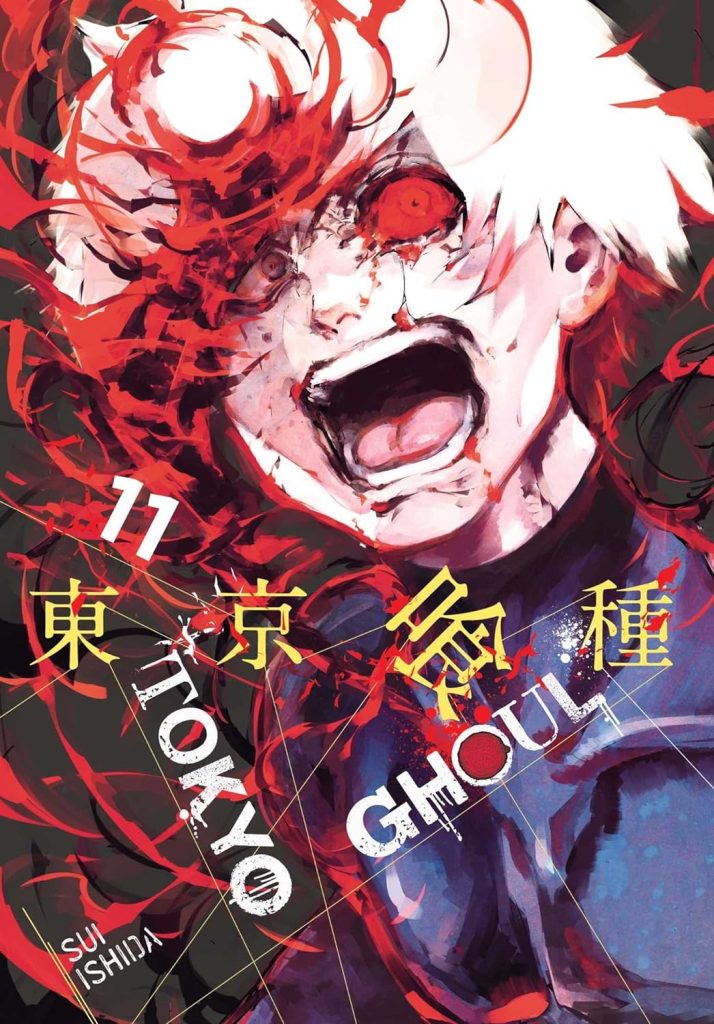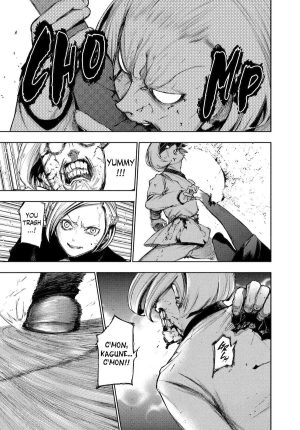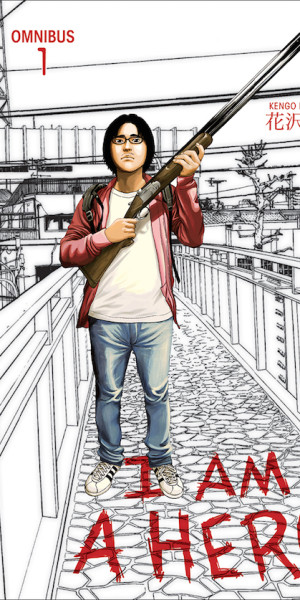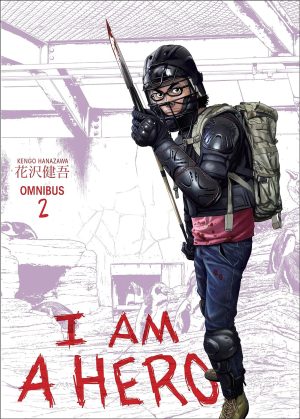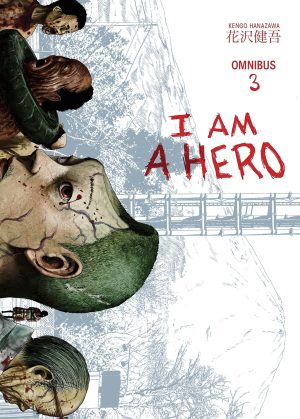Review by Ian Keogh
Sui Ishida upped his game for Tokyo Ghoul 10, which was the most thrilling volume for a while, and by the final page a fair few matters hadn’t yet been resolved, meaning Tokyo Ghoul 11 is a direct continuation of ongoing confrontations. While Ken Kaneki’s further transformation is a concern, not least to the CCG officers, of perhaps greater interest is the revelation of who Kuro and Shiro are, and that there’s a connection with unhinged CCG officer Suzuya. This encompasses a flashback and there’s a shocking question raised as to the integrity of the CCG. However, as is so often the case with Tokyo Ghoul, the resulting action sequence is blighted by a lack of clarity, requiring relatively close inspection to ascertain what’s happened.
Around half the volume is taken up finishing what began in Tokyo Ghoul 10, and there are some surprising casualties along the way, although as is always the case with comics, death isn’t certain unless you see the burial service, and sometimes not even then. The certainty is of the action rush and the twists it encompasses.
Ishida is such an inconsistent artist. It’s a brave move to vary the styles so considerably within single series, but while that results in some stunning individual images, it doesn’t always serve the best interests of the story being told.
Tokyo Ghoul 11’s second half is a series of downtime sequences involving prominent cast members. Among them is Kaneki and Hinami heading out together to a book signing. It’s brief, but a reminder that these are two young teenagers who really should be living lives other than the ones they have. Most of the remainder follows CCG investigator Kataro Amon. He’s become a puzzling, rather neglected character since the early volumes. There his purpose was to introduce the CCG, their mission and their resources, but as they’ve expanded, Amon hasn’t kept pace with them, and despite his demons, he’s become lost among more colourful colleagues. Here, though, Ishida again provides him with some meaningful insight, provided it’s not swamped by CCG bureaucracy going forward.
This is another good volume, pushing matters forward, yet without neglecting the people. A somewhat elusive ending leads to Tokyo Ghoul 12.
